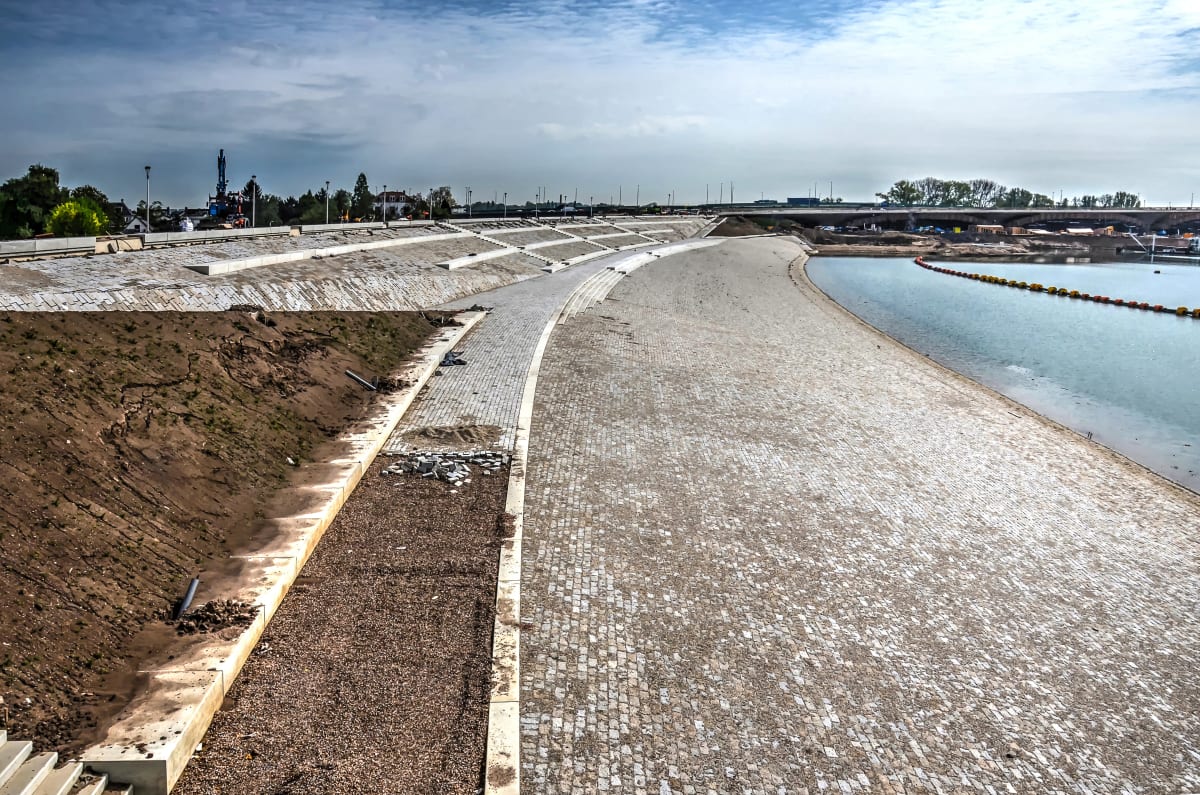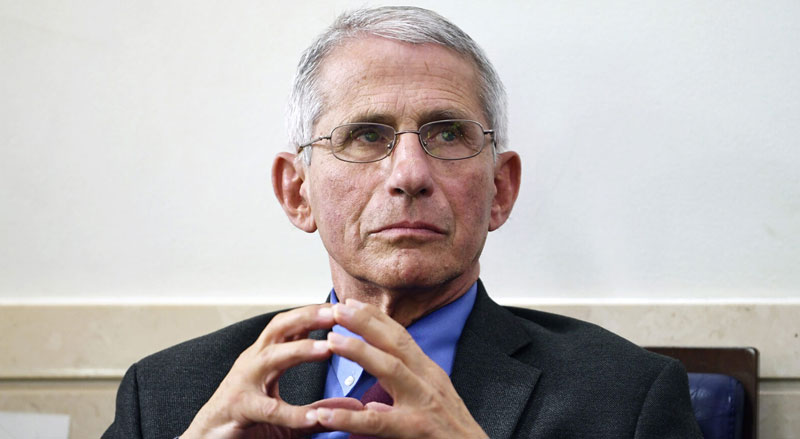Can We Take the Dutch Approach to Flooding?
Climate Change
As flood waters subsided in Napier, Dutch Water Ambassador Henk Ovink spoke with Newsroom about adapting for climate change and the value of our freshwater resources
In 2006, climate change skeptics in the United States raged at what they thought was an unrealistic and disrespectful animation in Al Gore’s An Inconvenient Truth. The graphic showed that the combination of sea-level rise and more powerful storm surges could see the 9/11 memorial site – then under construction – flooded in a serious storm.
In 2012, the animation became reality when Hurricane Sandy slammed into New York City, flooding not only the 9/11 memorial but the city’s subway systems, dozens of schools and more than 100,000 homes. More than a million people lost power and thousands had to wait more than two months for their electricity to return. A fire triggered by a transformer explosion destroyed 111 homes in the midst of the storm and a quarter of a million vehicles were destroyed. More than 150 Americans were killed.
In the aftermath, then-President Obama brought in Henk Ovink to consult on redeveloping the way New York handles water. Ovink came from leading the Office for Spatial Planning and Water Management in the Netherlands and proposed a wide range of solutions to the city’s water problems.
After considerable debate and consultation, some of his ideas were picked up and others were left behind. Ovink, meanwhile, now works as a Special Envoy from the Netherlands for international water affairs and spoke virtually at last week’s WaterNZ conference in Hamilton. As the waters subside in Napier after flooding rendered more than 100 homes uninhabitable two weeks ago, he sat down with Newsroom to discuss whether we need to rethink our approach to water.
Sea-level rise – and more
Already, just under 1 percent of our land mass is exposed to coastal flooding. Some 72,000 people live on that land in 35,000 residential buildings. Those buildings, plus the 14,000 commercial buildings exposed to coastal flooding, are worth a combined $12.5 billion.
If sea levels rise 60 centimetres – which NIWA projects will occur by 2070 in the worst-case scenario or by 2110 in optimistic circumstances – the number of people exposed to that flooding nearly doubles to 132,000. More than 93,000 buildings would be put at risk, with a total replacement cost of $26.2 billion. There’s also 2,273 kilometres of roads and 14 airports which would be subject to flooding.
Present that data to Ovink and his first reaction is to say we need to be looking – and worrying – more comprehensively.
“It is not only about sea-level rise. It is about storms and surges that are intensifying. Oceans are heating up and therefore storms are becoming more impactful,” he says. Heat waves and droughts are also intensifying.

He’s right. Researchers estimate that every 10 centimetres of sea-level rise – which we’ll easily see in the next two decades – creates the potential for an extra metre of storm surge. In Wellington, that makes one-in-100-year flooding five times more likely to happen.
Take a look, too, at rain itself, Ovink offers. Then there’s rivers to consider as well.
“Rain events become more extreme, so it’s not only looking at the coast but also how your cities are being developed. Can they deal with these extreme events? Also your river systems – do they overflow? In what way, can we limit [the risks]?” he asks.
“You see around the world that building along our rivers was a great thing in the past, because of trade and fresh water, then all of a sudden we covered them all up [with infrastructure, urbanisation and industry], polluted them. Then in the 90s, [with redevelopment of city centres] we figured out it is actually nice to live on the water, it became an economic asset. But no matter what perspective, we limited rivers’ capacity and now with rain events they actually come back at us.”
Taking a myopic approach to sea-level rise risks ignoring other threats from climate change, Ovink stresses.
“Looking at climate change from the water perspective means you have to look at all these aspects. If you run away from sea-level rise, you run into your next challenge. The only way to deal with this is comprehensively,” he says.
“If you only look at sea-level rise and climate change, you lose. If you look at it comprehensively, you can find solutions and approaches in finding ways to develop better that really can mitigate climate change – less emissions and so forth – but also mitigate the risks by becoming more resilient and more adaptive.”
That doesn’t always mean managed retreat from the coasts. It doesn’t necessarily mean storm surge barriers either.
“Does that then mean you have to run away? No, not per se. It can happen. Sometimes that is a very smart strategy, but retreat is also often positioned as a failing approach. Like a last resort. But if you look at climate change across all of these aspects, then it is only one aspect of many,” he says.
“Then it is not your last resort but it is just part of a bigger strategy. The moment you do these single-focused approaches, every one of those approaches looks like a loss. In Bangladesh, they retreat every month and it’s just part of economy and agriculture and society.”
Trying something new
The Dutch, of course, are famed for the lengths they go to ward off the angry North Sea and rivers in the Rhine delta which threaten to swamp the country with every storm. Half of the Netherlands is less than 1 metre above sea level, including a quarter which is actually below sea level. For centuries, the answer has been a complicated series of storm surge barriers, dams and dykes.
More recently, however, even the Dutch have realised that holding off the sea and rivers forever is not by default the best strategy. In Nijmegen, which sits along a tributary to the mighty Rhine, the government implemented part of a programme called Room for the River, in which new artificial overflow routes were dug through the city. This necessitated the relocation of a number of farms and residences but allows for an extra 16,000 cubic metres per second of water without flooding the city.
Overall, Room for the River is made up of 39 projects dealing with flood risk along the Rhine River delta and attempting new approaches to “living with water” from a comprehensive and sustainable perspective.
This sort of flexibility will be needed here, too, Ovink says.
“Looking at climate change from a New Zealand perspective, if you take a very from-the-ground-up approach, really localised and regionalised, really make it from a systems understanding, you’ll come up with comprehensive approaches that mean dealing with your water totally differently, embracing these challenges as an opportunity, build different your communities and economies,” he says.

“You’ll change, over time, to a far more resilient and sustainable society than you are now. That will mean that in 200 years, like the rest of the world, New Zealand will look a little different.”
He says this can’t happen without a proper conversation around climate change adaptation. The Room for the River scheme initially provoked backlash from a country used to keeping water out, not letting it in. But it was through consultation and debate that the residents of Nijmegen and neighbouring municipalities along the Rhine and its tributaries were won over.
“Putting risk assessments out in maps and numbers and data is not enough. You have to organise a debate with your communities around understanding these risks. What does it really mean? When? What are the impacts? What can we do about it? What can government do, but also what can business and society do? Just putting out maps for sea-level rise is interesting to provoke as a start, but can never be the end of a debate,” Ovink says.
That debate can be fostered by emergencies like the flooding in Napier. Another revamp of the Dutch government’s approach to water management in 2007 and 2008 was a result of introspection after the disaster of Hurricane Katrina in the United States. The Dutch government, watching the devastation, asked itself, “Are we ready for something like that?”
This is a question councils around the country are asking in New Zealand too. In Nelson, the City Council announced last week that it would be putting a note on the LIM of coastal properties exposed to sea-level rise, but a similar move on the Kāpiti Coast a few years ago led to a protracted court fight and the overturning of the decision by a panel of expert advisors.
In Wellington, where the city council is privately mulling over a 23 percent rate rise in part to fund climate change mitigation (through the Let’s Get Wellington Moving programme) and adaptation, residents are crying foul. But without an alternative way to raise funds, councils are stuck with the choice of doing the rational thing and getting voted out or leaving the bill to future generations.
Do we value our water?
Ovink also says we need to be careful with our freshwater resources. Vast swathes of the country’s river length exceed recommended turbidity and nutrient levels. When asked how to balance preserving freshwater with the need for agriculture and industry, Ovink says we have to make sure we truly understand the value of water.
“We say wash your hands as a first line of defence [against Covid-19]. Well, if you know that almost 2.5 billion people don’t have access to water, there is really no way of washing your hands. Over 3 billion people lack access to hygiene facilities and over 4 billion to sanitation facilities. So yes, water is a critical asset. If you don’t understand how important water is, you also don’t understand how to value it,” he says.
“Do we really understand the importance of a freshwater resource that is clean and available for all? All of a sudden you can have a different debate. This is not about punishing agriculture – or industry for that matter. We need agriculture for trade and food, but we also need water. How are you going to balance these interests?
“Agriculture around the world is responsible for drinking up over 75 percent of all the freshwater resources of this planet. That is totally unnecessary. We, around the world, have come up with strategies where that use of water is reduced by over 50 percent or more. The way we deal with water in society is unsustainable.”
More broadly, he says New Zealand can learn from Covid-19 for our approach to water and climate change. After all, the millions of square kilometres of ocean between us and any other landmass have played a major role in protecting us from the impacts of the pandemic. Are we doing enough to protect the ocean in response?
“You got together and found a way not to battle the pandemic but to deal with it. I wonder if that can be an inspiration to spark a conversation also on climate [action],” Ovink asks.
“If this is the future – more challenging, more storms, more heat, more wildfires, and you can’t isolate yourself from them like the virus – what does that mean? Can you get together as a country across the lines of interest, across sectors and silos? I think that would be a relevant ask.”




